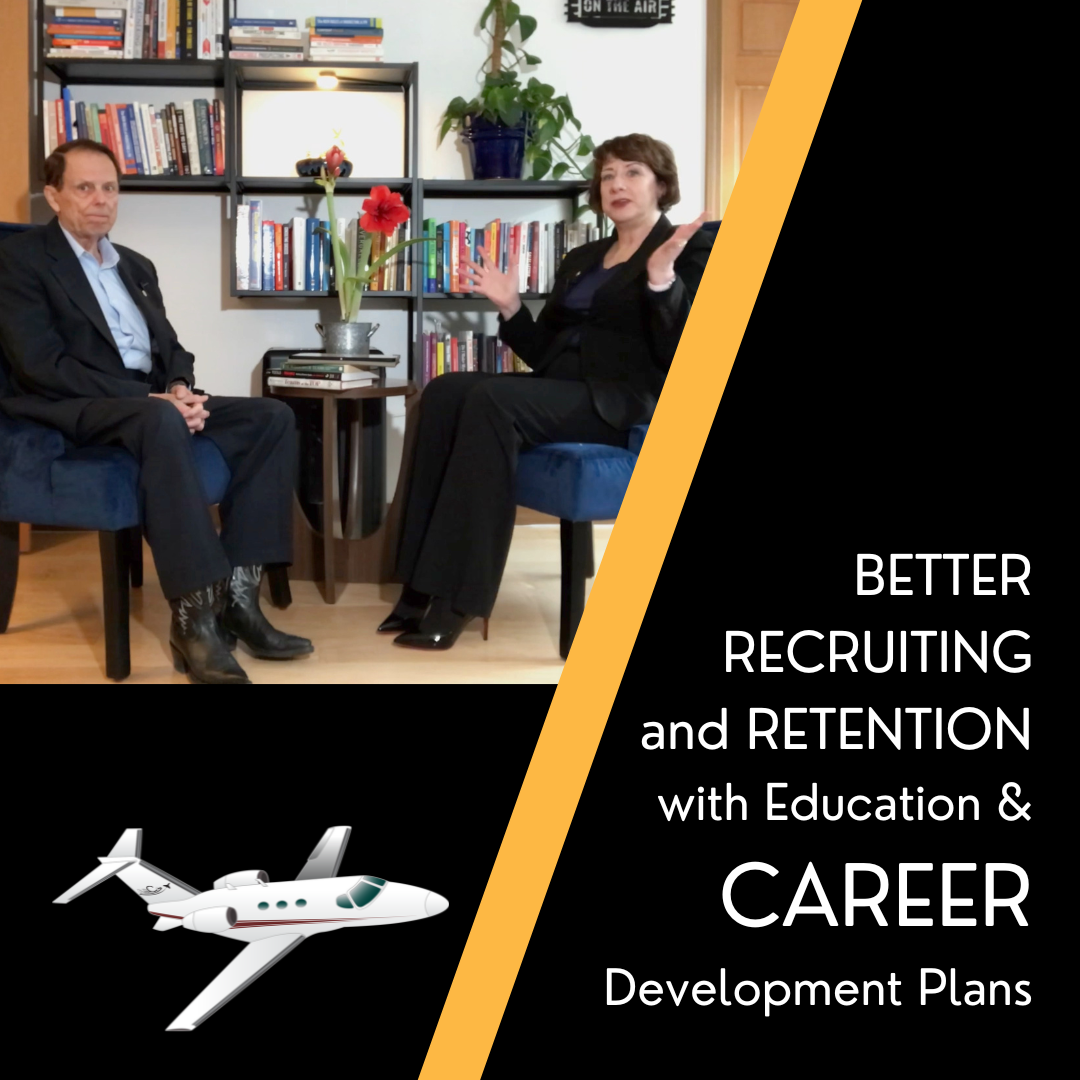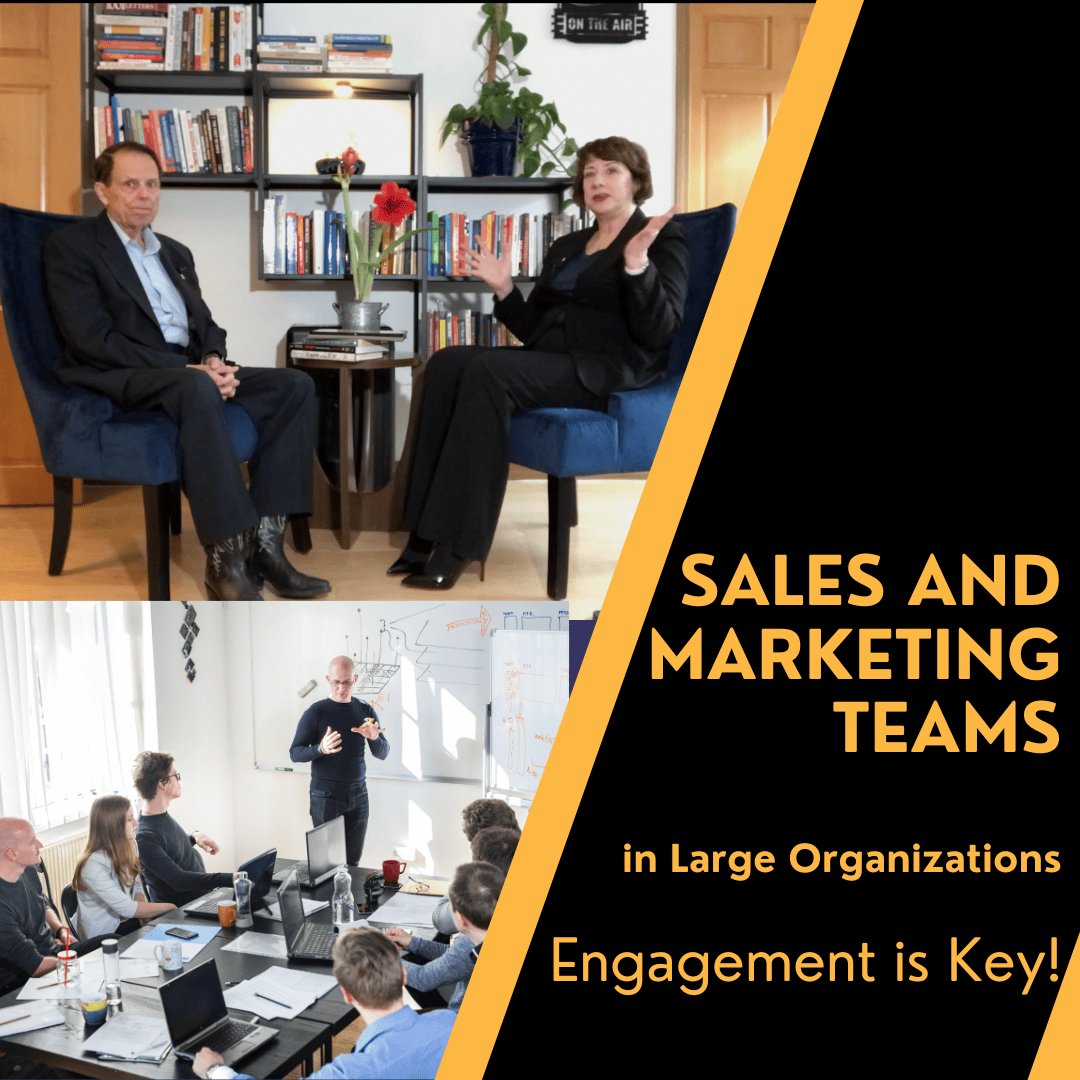You can tell when a company has it all together.
You walk by their trade show booth, see something intriguing in their display, and a friendly person from the booth invites you to play a game or enter a contest.
You play along, and before you know it, you’ve told them where you’re from, what you do for a living, what you love and hate about it, you have found something fascinating about their product that’s actually relevant to your current needs, you’ve entered their contest (and parted with your business card) and you’re looking forward to hearing from them again.
The whole experience is polished, professional, and friendly. You have the impression that the company is well-run, well-organized, and takes care of its people (and its customers!)

The “plays” in your trade show booth may not be this complex, but it is worth the time to map them out so your sales team is effective.
Other companies obviously don’t have a clue.
You walk by their booth at a trade show, you can’t tell what the company does or why it’s relevant. The people occupying the booth have their noses buried in their PDAs and tablets, clearly more interested in their Angry Birds score than in potential customers!
The experience is irritating and frustrating. (Especially if you really WANT some information from this company.)
You’re left with the impression that the company doesn’t hire or train good people; and if you became a customer of this company you would also be ignored and disregarded.
It gets worse.
You walk by a booth and are physically blocked from proceeding down the aisle by someone who demands that you stop and watch a product demonstration for a mysterious product. At some point during the exchange he foists a business card upon you and demands one of yours. There are two or three sales team members that are obviously tag-teaming and stalking passers-by. The next time you walk down the same aisle you’re accosted by a different team member from the same company. They don’t ask you a single question but bombard you with facts and figures that are obviously supposed to be impressive. You still have no clear idea of what their product or service is or why you would care, but find yourself uncomfortably excusing yourself and making your escape.
You’re left with the impression the company is desperate for sales but doesn’t care about customer needs, and their only interest in you as a customer is your checkbook.
How well does your sales team perform at trade shows?
To be the first type of company, (with the sales team that is professional, polished and friendly) you need to spend time planning your trade show “plays” and training your sales staff. Each team member needs to be comfortable and relaxed with what to say and how to work together. Then they can easily build rapport with show participants, and they know better than to expect too much of a trade show encounter. This is a team that has a well-planned and practiced sales choreography. Each team member understands the objectives and their role in achieving them.
The challenge in the Aviation Industry
In the aviation industry in particular, it’s common for companies not to have a dedicated trade show staff. They either hire professional trade show personnel who may not have much product knowledge; or more commonly, draft subject matter experts and other company personnel that may not have any formal sales training. Companies can have very successful trade show experiences using either option, but these circumstances require advance planning and training to help these salespeople work effectively as a team.
Company execs and sales managers often assume that “everybody knows” how to interact with prospective customers at a trade show, and that “it’s all common sense.” It’s also common to assume that everyone knows how to talk to civilians and demonstrate the product or explain the service to its best advantage without using jargon, and that everyone knows how to assemble the booth correctly and how and when to use each piece of marketing documentation effectively. We’ve found that to be an unrealistic expectation.
Keys to a Successful Sales Choreography in a Trade Show Booth
- Have a reasonable (but valuable) objective for a trade show encounter. Selling a $10,000 product from a trade show booth is unlikely. Acquiring a pile of un-annotated business cards from dubiously qualified prospects is unlikely to be worth the time and money involved with follow up. Acquiring contact information from qualified leads that you have had a meaningful conversation with is a very reasonable (and worthwhile) objective!
- Make sure every team member understands his role. Someone who believes that “he who gets the biggest stack of business cards wins” has no place on your sales team.
- Ensure you have enough people in the booth to engage with visitors and take the time to listen. As Steven Covey wrote in the Seven Habits of Highly Effective People, “With people, slow is fast and fast is slow.” He followed up with another book with an instructive title – The Speed of Trust. Salespeople get a bad reputation from trying to rush relationships too quickly, or push people into taking actions they’re not ready to take yet. Remember, your objective is to establish relationships, not just acquire their money (or even just their contact information) as quickly as possible. You make the eventual sale more difficult if they leave your booth feeling uncomfortable or rushed. Instead, they should feel appreciated, comfortable with your company, and energized by the possibility of working with a partner.
- Don’t be afraid of small talk. Assuming you’ve selected a trade show with a good percentage of qualified prospects, every relationship you build is worthwhile. Teach your sales team to use FORM if they get stuck for a topic. (FORM – Family, Occupation, Recreation, Mission.) You may find out that someone is related to someone you know, or coaches their kid’s soccer team. That bit of information (and the patience and rapport it took to get to that point) is worth more in the long run than any facts you can pour on booth visitors about your product’s features.
- Have a clear “Call to Action.” What do you want qualified prospects to do, know, and feel as a result of having visited your booth?
Do you want them to buy a small related product (like a book or information kit on the topic?) Have a great display of merchandise and a good point of sale system set up.
Do you want them to set an appointment for a 30-minute consultation? Have your appointment book and reminder slips ready.
Do you want them to enter a contest for a free gift? Ensure you have some mechanism for ensuring the leads are qualified (i.e. state that only Directors of Maintenance are eligible to enter, or the gift is something that only Directors of Maintenance would have a use for.) - Brainstorm eventualities. What if someone has a question you can’t answer? What if someone wants to buy the product right away? What if there are too many people for you to handle effectively during rush periods? What if there are too few attendees during “slow” parts of the show? What if a competitor is obviously collecting intelligence? What if a dissatisfied customer shows up and noisily voices his opinion? What if someone who is obviously not an appropriate prospect wants to monopolize your time? Brainstorm the possibilities and be prepared to protect your investment in booth rent and travel cost.
- Create scripts. Everyone is resistant to scripts, until they are eyeball-to-eyeball with a prospect and find themselves tongue-tied. Take the time to write out good opening lines, and change the wording as you discover what works and what turns people off. Pass these outlines along to newer people in your organization.
- Practice! Teams spend hours perfecting plays. It’s worth walking through the “plays” with your sales team prior to the trade show. Spend some time playing “prospect” and “booth guy” and go over it until you’re comfortable. Walking through the entire process is very helpful – you may find that it’s most effective to have a multi-person “routine” where the first team member makes contact and introduces them to a second team member who is more knowledgeable about the topic but not as outgoing in personality. A third team member can be processing contest entries once you’ve started a conversation and generated interest. A great team supports each other and plays off the strengths of each member of the team.
- Have a “dress rehearsal” with sales and marketing. Using all of the documentation and display items in a practice session to point out inconsistencies in your message. Adjust the printed or displayed information to clarify the message and make things easier for your sales team.
Now that you’re prepared, get a good night’s sleep, have a good breakfast, wear comfortable shoes and smile. Your sales team has got it all together!}.






Leave A Comment